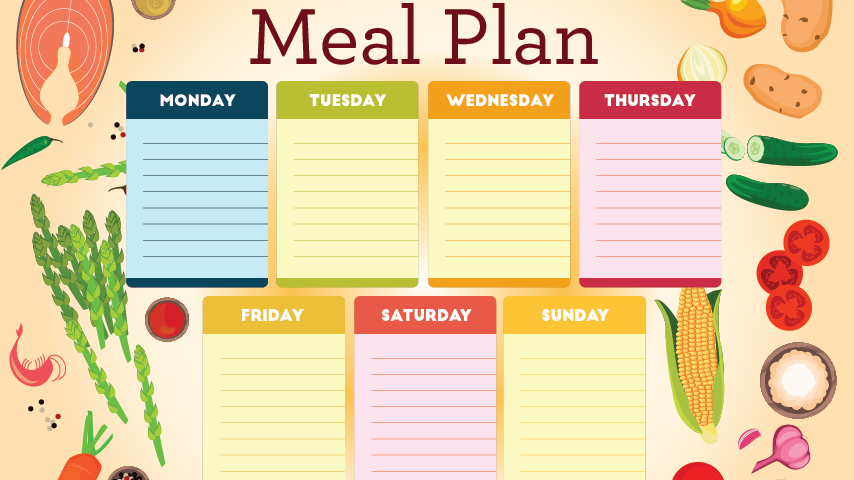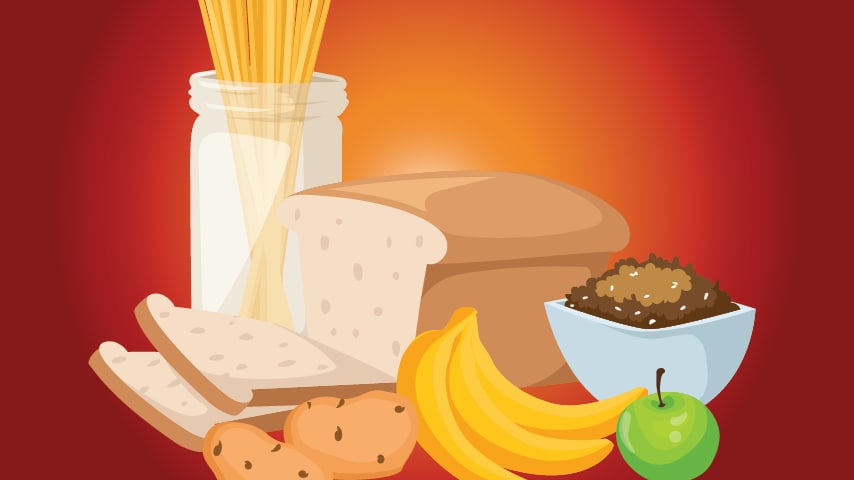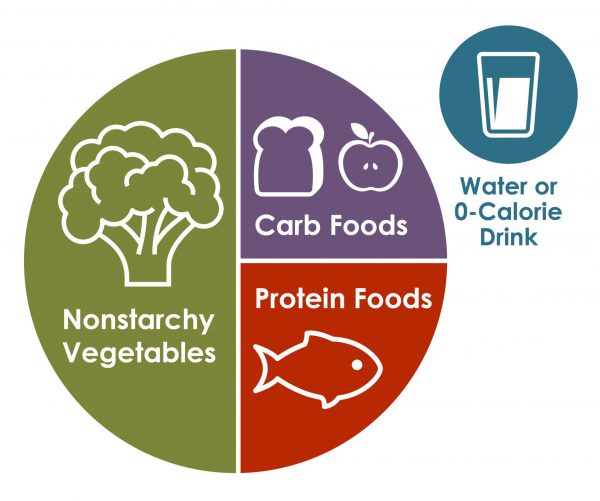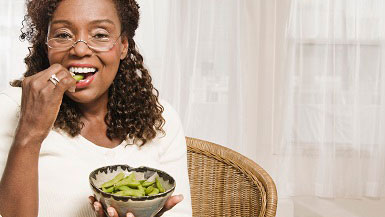Sugar Diabetes
SUGAR DIABETES
WHAT IS SUGAR DIABETES?
Sugar diabetes is an outdated and informal name for diabetes mellitus—the broad term for type 1 and type 2 diabetes. People used it to identify the disease where sugar levels were abnormally high instead of diabetes insipidus (a condition characterized by extreme thirst and urination).
If it seems like an old-fashioned term, consider that diabetes has been around since ancient times and has appeared in just about every culture. Until terms were standardized, diabetes could be called just about anything.
This article explains the history of the disease, its name, and why sugar diabetes is no longer used.
HEALTH TIPS-
Diabetes Meal Planning

Counting carbs and the plate method are two common tools that can help you plan meals.
A meal plan is your guide for when, what, and how much to eat to get the nutrition you need while keeping your blood sugar levels in your target range. A good meal plan will consider your goals, tastes, and lifestyle, as well as any medicines you’re taking.
A good meal plan will also:
- Include more nonstarchy vegetables, such as broccoli, spinach, and green beans.
- Include fewer added sugars and refined grains, such as white bread, rice, and pasta with less than 2 grams of fiberexternal icon per serving.
- Focus on whole foods instead of highly processed foodsexternal icon as much as possible.
Carbohydrates in the food you eat raise your blood sugar levels. How fast carbs raise your blood sugar depends on what the food is and what you eat with it. For example, drinking fruit juice raises blood sugar faster than eating whole fruit. Eating carbs with foods that have protein, fat, or fiber slows down how quickly your blood sugar rises.

For more information, see Carb Counting.
You’ll want to plan for regular, balanced meals to avoid high or low blood sugar levels. Eating about the same amount of carbs at each meal can be helpful. Counting carbs and using the plate method are two common tools that can make planning meals easier too.
Counting Carbs
Keeping track of how many carbs you eat and setting a limit for each meal can help keep your blood sugar levels in your target range. Work with your doctor or a registered dietitian to find out how many carbs you can eat each day and at each meal, and then refer to this list of common foods that contain carbs and serving sizes. For more information, see Carb Counting.
The Plate Method

It’s easy to eat more food than you need without realizing it. The plate method is a simple, visual way to make sure you get enough nonstarchy vegetables and lean protein while limiting the amount of higher-carb foods you eat that have the highest impact on your blood sugar.
Start with a 9-inch dinner plate (about the length of a business envelope):
- Fill half with nonstarchy vegetables, such as salad, green beans, broccoli, cauliflower, cabbage, and carrots.
- Fill one quarter with a lean protein, such as chicken, turkey, beans, tofu, or eggs.
- Fill one quarter with carb foods. Foods that are higher in carbs include grains, starchy vegetables (such as potatoes and peas), rice, pasta, beans, fruit, and yogurt. A cup of milk also counts as a carb food.
Then choose water or a low-calorie drink such as unsweetened iced tea to go with your meal.Portion Distortion Quiz
Did you know? Food portions are much larger now than they were 20 years ago. Test your knowledge of portion distortion hereexternal icon.
About Portion Size
Portion size and serving size aren’t always the same. A portion is the amount of food you choose to eat at one time, while a serving is a specific amount of food, such as one slice of bread or 8 ounces (1 cup) of milk.
These days, portions at restaurants are quite a bit larger than they were several years ago. One entrée can equal 3 or 4 servings! Studies show that people tend to eat more when they’re served more food, so getting portions under control is really important for managing weight and blood sugar.
If you’re eating out, have half of your meal wrapped up to go so you can enjoy it later. At home, measure out snacks; don’t eat straight from the bag or box. At dinnertime, reduce the temptation to go back for seconds by keeping the serving bowls out of reach. And with this “handy” guide, you’ll always have a way to estimate portion size at your fingertips:
- 3 ounces of meat, fish, or poultry
Palm of hand (no fingers) - 1 ounce of meat or cheese
Thumb (tip to base) - 1 cup or 1 medium fruit
Fist - 1–2 ounces of nuts or pretzels
Cupped hand - 1 tablespoon
Thumb tip (tip to 1st joint) - 1 teaspoon
Fingertip (tip to 1st joint)
Diabetes and Kidney Disease: What to Eat?

One meal plan for diabetes, another for chronic kidney disease (CKD). Find out how you can eat well for both.
If you have diabetes and CKD, you’re definitely not alone—about 1 in 3 American adults with diabetes also has CKD. The right diet helps your body function at its best, but figuring out what to eat can be a major challenge. What’s good for you on one meal plan may not be good on the other.
Your first step: meet with a registered dietitianexternal icon who’s trained in both diabetes and CKD nutrition. Together you’ll create a diet plan to keep blood sugar levels steady and reduce how much waste and fluid your kidneys have to handle.
Medicare and many private insurance plans may pay for your appointment. Ask if your policy covers medical nutrition therapy (MNT). MNT includes a nutrition plan designed just for you, which the dietitian will help you learn to follow.
Diabetes and CKD diets share a lot of the same foods, but there are some important differences. Read on for the basics.
Diabetes Diet
A healthy diabetes diet looks pretty much like a healthy diet for anyone: lots of fruits, veggies, healthy fats, and lean protein; less salt, sugar, and foods high in refined carbsexternal icon (cookies, crackers, and soda, just to name a few). Your individual carb goal is based on your age, activity level, and any medicines you take. Following your meal plan will help keep your blood sugar levels in your target range, which will also prevent more damage to your kidneys.
Kidney Diet
Say No to Herbal Supplements
Herbal supplements aren’t safe if you have kidney disease. Some can hurt your kidneys and even make kidney disease worse. Some vitamins can cause kidney problems too and should also be avoided. Always talk to your doctor before taking any supplements or vitamins.
With a CKD diet, you’ll avoid or limit certain foods to protect your kidneys, and you’ll include other foods to give you energy and keep you nourished. Your specific diet will depend on whether you’re in early-stage or late-stage CKD or if you’re on dialysis.
Foods to Limit
Eat less salt/sodium. That’s a good move for diabetes and really important for CKD. Over time, your kidneys lose the ability to control your sodium-water balance. Less sodium in your diet will help lower blood pressure and decrease fluid buildup in your body, which is common in kidney disease.
Focus on fresh, homemade food and eat only small amounts of restaurant food and packaged food, which usually have lots of sodium. Look for low sodium (5% or less) on food labels.
In a week or two, you’ll get used to less salt in your food, especially if you dial up the flavor with herbs, spices, mustard, and flavored vinegars. But don’t use salt substitutes unless your doctor or dietitian says you can. Many are very high in potassium, which you may need to limit.
Depending on your stage of kidney disease, you may also need to reduce the potassium, phosphorus, and protein in your diet. Many foods that are part of a typical healthy diet may not be right for a CKD diet.
Phosphorus is a mineral that keeps your bones strong and other parts of your body healthy. Your kidneys can’t remove extra phosphorus from your blood very well. Too much weakens bones and can damage your blood vessels, eyes, and heart. Meat, dairy, beans, nuts, whole-grain bread, and dark-colored sodas are high in phosphorus. Phosphorus is also added to lots of packaged foods.
The right level of potassium keeps your nerves and muscles working well. With CKD, too much potassium can build up in your blood and cause serious heart problems. Oranges, potatoes, tomatoes, whole-grain bread, and many other foods are high in potassium. Apples, carrots, and white bread are lower in potassium. Your doctor may prescribe a potassium binder, a medicine that helps your body get rid of extra potassium.
Eat the right amount of protein. More protein than you need makes your kidneys work harder and may make CKD worse. But too little isn’t healthy either. Both animal and plant foods have protein. Your dietitian can help you figure out the right combination and amount of protein to eat.
Diabetes & CKD Foods

Your dietitian can give you lots of tasty ideas for healthy meals.
Below are just a few examples of foods a person with both diabetes and CKD can eat. Your dietitian can give you lots more suggestions and help you find recipes for tasty meals:
- Fruits: berries, grapes, cherries, apples, plums
- Veggies: cauliflower, onions, eggplant, turnips
- Proteins: lean meats (poultry, fish), eggs, unsalted seafood
- Carbs: white bread, bagels, sandwich buns, unsalted crackers, pasta
- Drinks: water, clear diet sodas, unsweetened tea
Here’s one way your CKD diet and diabetes diet can work together: If you drink orange juice to treat low blood sugar, switch to kidney-friendly apple or grape juice. You’ll get the same blood-sugar boost with a lot less potassium.
Late-Stage CKD
Your nutrition needs will change with late-stage CKD. If you’re on dialysis, you may need to eat more, especially more protein. Your appetite can change because food tastes different.
Dialysis filters your blood like kidneys do, but it doesn’t work as well as healthy kidneys. Fluid can build up in your body between treatments. You may need to limit how much fluid you drink, and watch for swelling around your eyes or in your legs, arms, or belly.
Your blood sugar levels can actually get better with late-stage CKD, possibly because of changes in how your body uses insulin. But when you’re on dialysis, your blood sugar can increase because the fluid used to filter your blood is high in glucose (sugar). Your need for insulin and other diabetes medicines will be hard to predict, so your doctor will monitor you closely.
See Your Dietitian
CKD and diabetes both change over time, and so will your diet. Be sure to check in with your dietitian as recommended. You’ll get the support and confidence you need to manage your meals, solve any problems, and be your healthiest.
More Information
- CDC’s Division of Diabetes Translation
- Find a Registered Dietitianexternal icon
- Kidney-Friendly Diet and COVID-19external icon
- Chronic Kidney Disease Basics
- Diabetes Basics
- Food Label Guideexternal icon
- CDC Diabetes on Facebook
- @CDCDiabetes on Twitter
